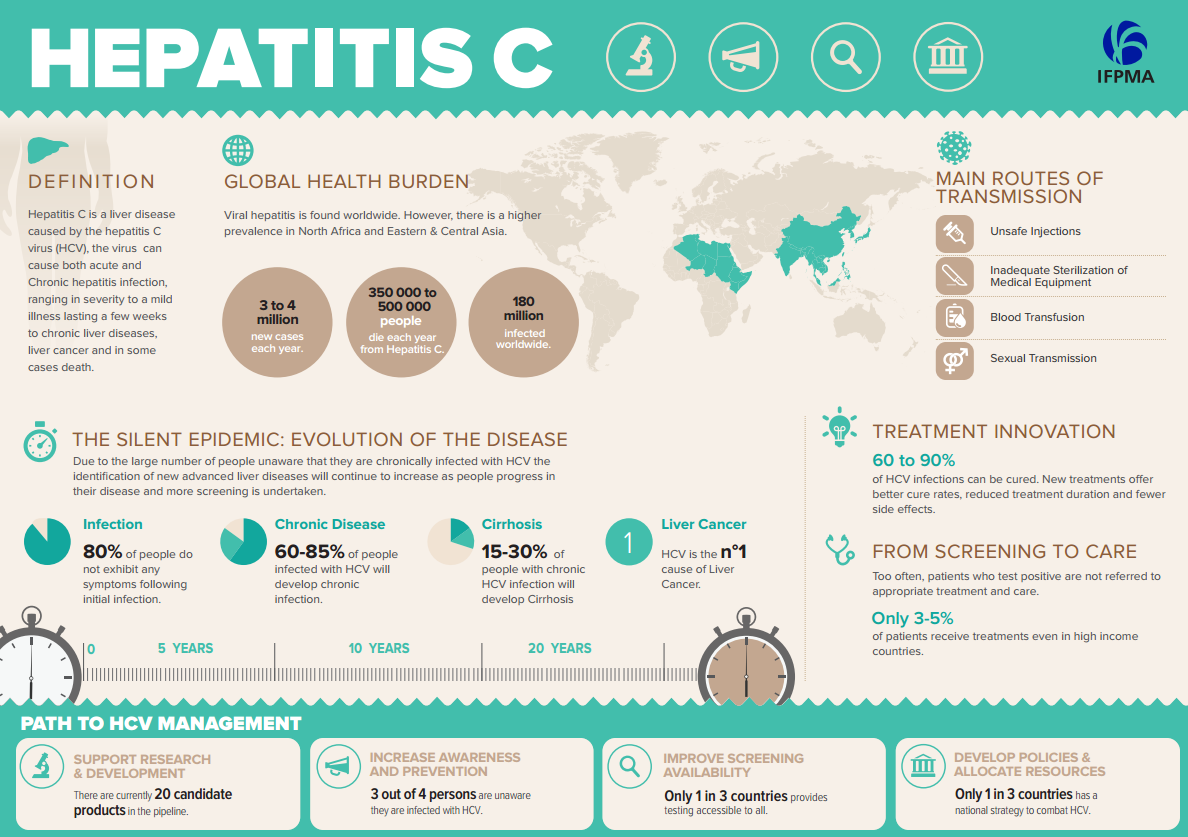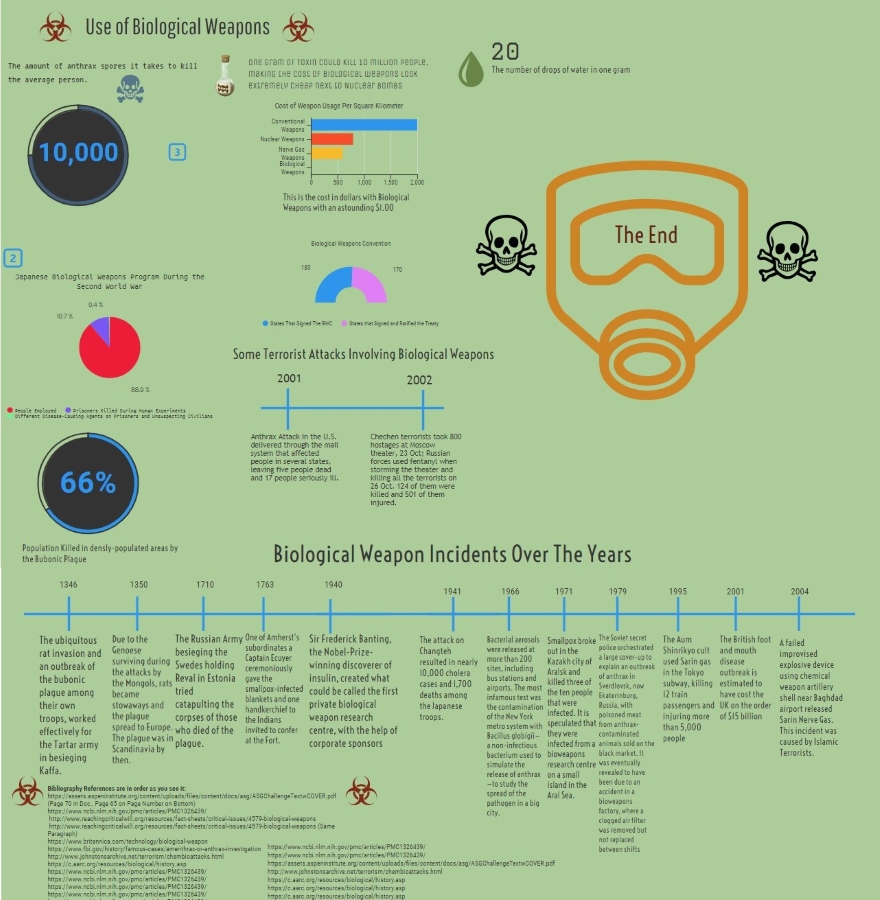Threats faced in Biosecurity
Questions about biosecurity are the major focus for global health officials as they address fears that lab-engineered viruses could either escape or be used as a bioterror weapon.
Infectious diseases
Infectious diseases have affected large populations throughout human history. Some naturally occurring diseases can kill more than have died in any war. The Black Death in the fourteenth century killed millions, having originated in central Asia and travelled along the Silk Road reaching Crimea by 1343 and then spread by fleas on the merchant ships sailing throughout the Mediterranean and Europe, killing about half the continents population. More recently the Influenza pandemic of 1918-20 reduced the world’s population by roughly 4%.
Today, governments keep track of notifiable diseases so that they can be monitored and the information shared. this includes infections such as tuberculosis which has developed a resistance to antibiotics and has therefore become a biosecurity threat. Emerging diseases are also monitored, including Legionnaire’s disease, Lyme disease, hepatitis C, SARS and new strains of influenza.


Click on the image to view in full size
Deadly microbes have already escaped high-security labs. Between 1978 and 1999, just over 1,200 people acquired infections from high-level security labs worldwide of which 22 died. Since then, lab workers have been killed by Ebola and SARS, or severe acquired respiratory syndrome. Thieves even tried to steal animal pathogens from an Indonesian lab in 2007 and the prime suspect in the mailing of anthrax-containing letters in 2001 was alleged to be an employee of the US Army Medical Research Institute of Infectious Diseases.
Emergence of biological weapons
Although the Biological and Toxin Weapons Convention (BWC) of 1975, bans the development, production, and stockpiling of biological agents and toxins for all but “prophylactic, protective, or other peaceful” purposes, biocontainment labs are a source of pathogens such as Ebola and Marburg viruses, equipment, and expertise that could be misused.
The treaty has been ratified or acceded by 182 states, most recently Central African Republic in September 2018. A further five states - Egypt, Haiti, Somalia, Syria and Tanzania - have signed but not ratified the treaty. Out of the remaining 10 UN member states, three have started the process to ratify the agreement, six are waiting for further information and Israel is not expected to sign. Syria is unable to ratify the treaty as the current war has witnessed the use of chemical weapons against civilians ever since 2013.


Click on the image to view in full size
As more research occurs into dangerous microbes across the world, the risks of both accidental release or potential theft and misuse will increase as well, though not all threats are deliberate. Accidental pathogen releases can also occur as it did in Beijing in 2004, when two lab workers acquired severe acute respiratory syndrome (SARS). Ultimately, seven additional people contracted the disease, one of whom one died. Whether accidental or deliberate the result of a released toxin has major consequences which lead to loss of public confidence in those conducting important research for the purpose of protecting humans, animals, and plants from infectious diseases.



